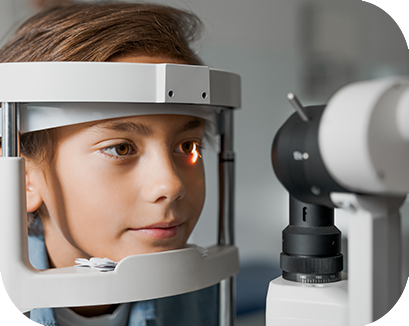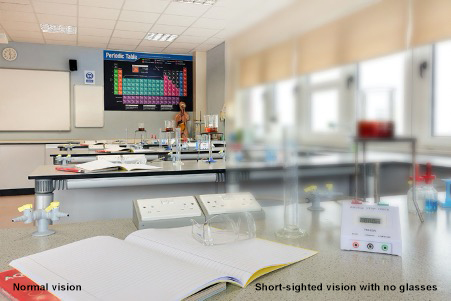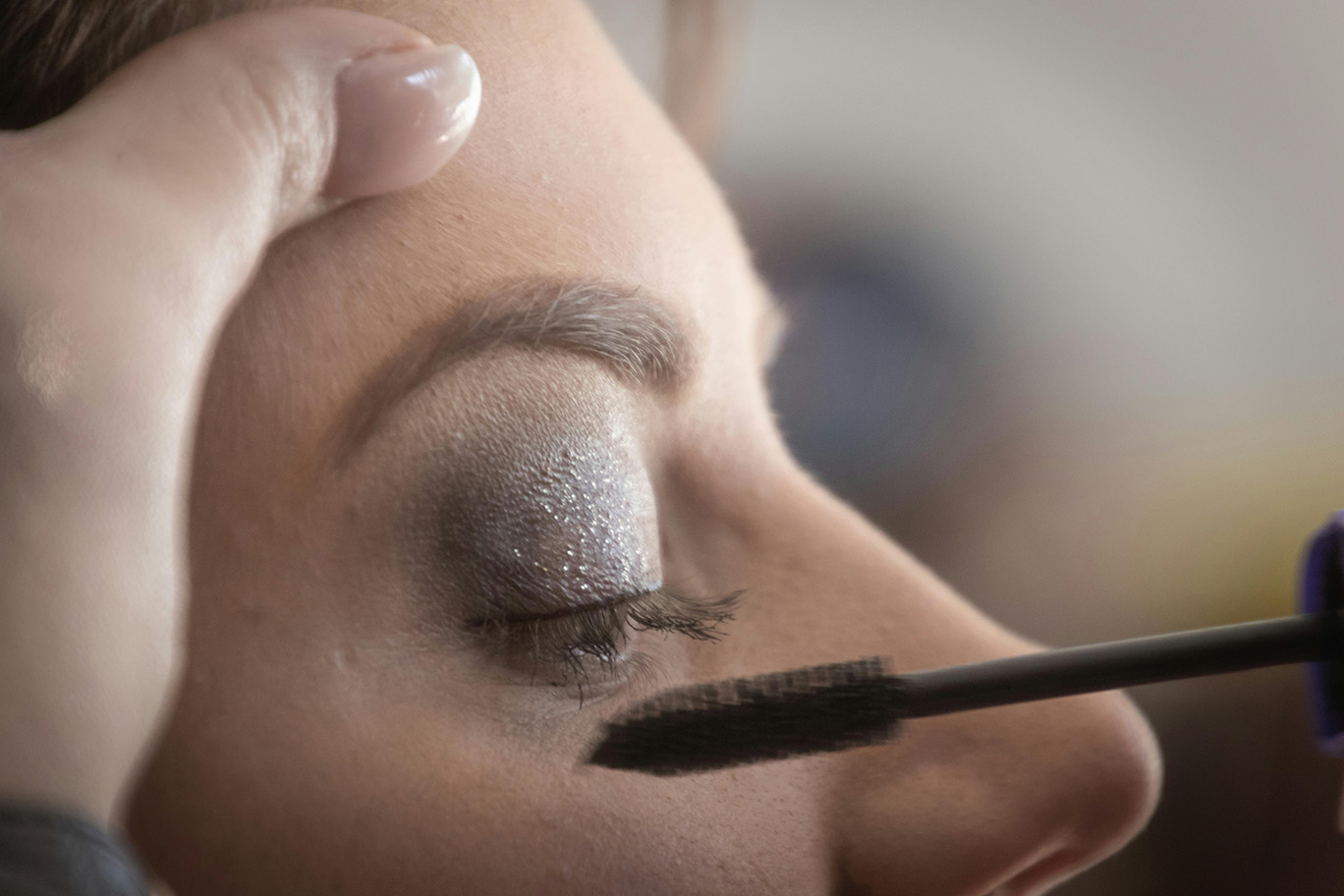Blog

How vision develops in children
Posted: Friday 29th January 2021
Children’s vision is an area of eyecare we are passionate about at Rawlings Opticians. This blog is one of a series of blogs we will be posting about children’s vision over the next few weeks, from guest blogger Professor Nicola Logan. Nicola is Director of Research for the Optometry and Vision Science Research Group at Aston University in Birmingham.
“Most young children from birth to age 6 are slightly longsighted (hyperopic). They are born like this because their eyes still have some growing to do, and they can easily compensate for this with their natural focussing ability and not many children need glasses during this time. By the time children reach secondary school age, they will have often naturally out-grown their long-sightedness without the need for glasses.
What happens if the eye over-grows?If the eye grows too long, this ‘perfect state’ overshoots, and children can tip over into short-sightedness (myopia); this means that children have difficulty seeing far away without glasses – like the whiteboard at school and the T.V.

As children (and their eyes) continue to grow through their school years, their prescription will typically grow with them. Short-sightedness is more common when one or both parents are short-sighted, although there is evidence that today’s lifestyles (less time spent outdoors) are also influencing the development of the condition.
How do I know if my child needs glasses?Young eyes follow a normal growth pattern familiar to all Optometrists. A comprehensive eye examination will provide information on your child’s vision and if it is developing normally. Some clues to a child having an undiagnosed vision problem are rubbing their eyes a lot, closing one eye when reading, complaining of sore or tired eyes or having to get close to things to see them properly.
Most young children are not aware if they have a problem with their eyes, so we recommend having your child’s eyes tested by a qualified optometrist at a young age and at least before they start school and then on a regular basis as advised.”
For more information on Children’s Eyecare at Rawlings Opticians, visit our web page here, and our earlier blogs.
< Back




